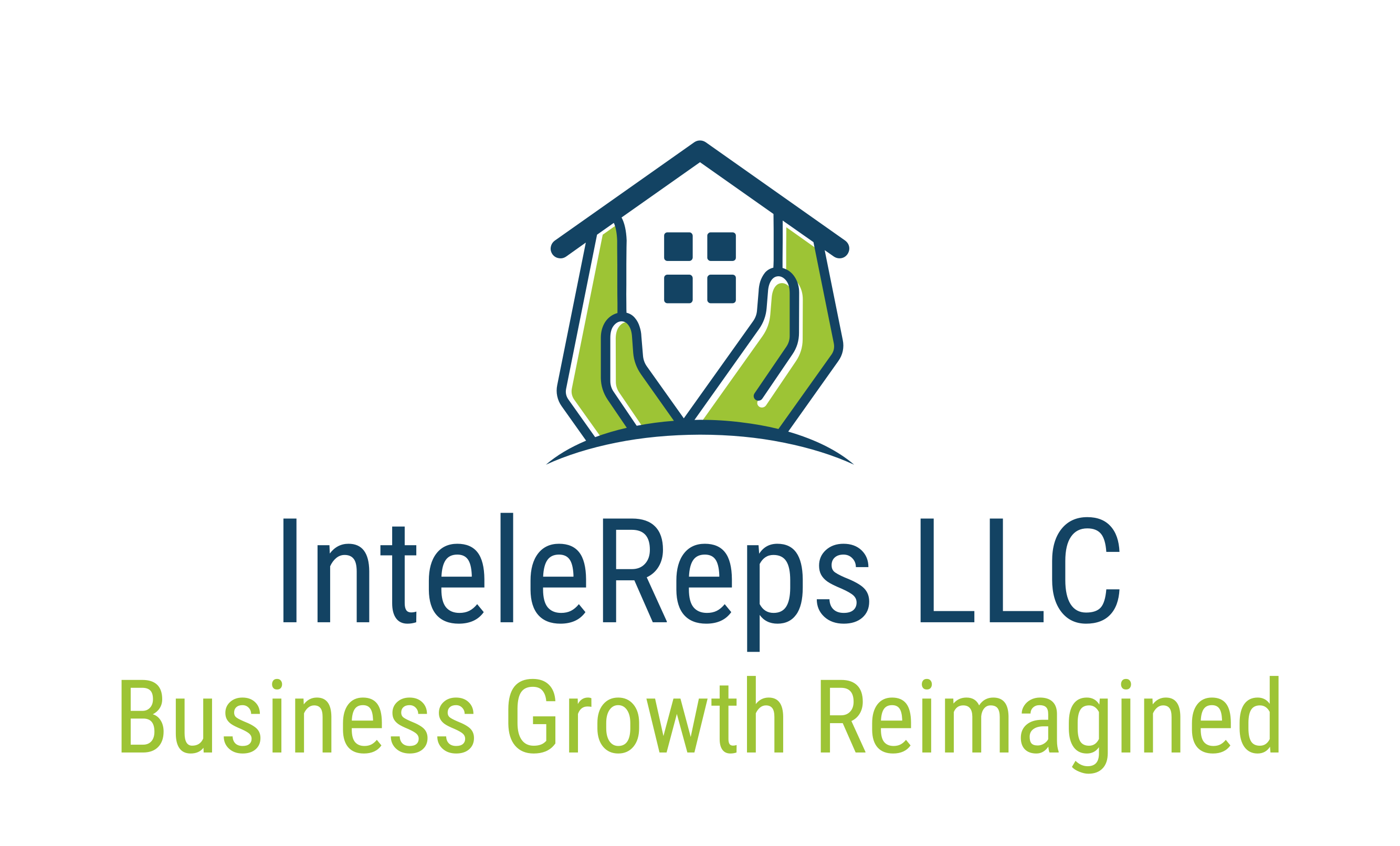The Benefits and Features of Effective Workforce Management
Workforce management stands as a linchpin for success in the business landscape. The ability to optimize the performance of your team can make the difference between stagnation and growth. In this blog, we explore the myriad benefits of good workforce management and delve into essential features that contribute to its success.
Benefits of Good Workforce Management
Enhanced Productivity and Efficiency: Workforce management ensures that the right people with the right skills are in the right place at the right time. By aligning workforce schedules with business needs, organizations can enhance productivity and operational efficiency. This optimization minimizes downtime and maximizes output, contributing to overall business success.
Improved Employee Satisfaction: An efficiently managed workforce takes into account employee preferences, skills, and work-life balance. By creating schedules that consider these factors, employees are more satisfied, leading to higher morale and increased retention rates. A content and engaged workforce is more likely to deliver exceptional performance and contribute positively to the workplace environment.
Cost Savings: Effective workforce management helps organizations control labor costs by minimizing overtime, reducing absenteeism, and optimizing staffing levels. By accurately forecasting demand and aligning staffing accordingly, businesses can avoid unnecessary expenses, contributing to improved financial stability.
Accurate Forecasting and Planning: Workforce management relies heavily on accurate forecasting. By analyzing historical data and market trends, organizations can anticipate future demands, enabling proactive planning. This ensures that staffing levels are aligned with workload, preventing under or overstaffing issues.
Compliance and Risk Mitigation: Workforce management systems often include features that assist in compliance with labor laws and regulations. This not only helps organizations avoid legal complications and fines but also ensures ethical and fair treatment of employees. By mitigating risks associated with non-compliance, businesses can focus on sustainable growth.
Features of Effective Workforce Management
Time and Attendance Tracking: Accurate tracking of employee work hours is fundamental to workforce management. Automated time and attendance systems eliminate errors associated with manual processes, providing real-time insights into attendance patterns, helping businesses make informed decisions.
Scheduling Optimization: Workforce management platforms offer advanced scheduling tools that consider employee preferences, skills, and labor laws. These tools help create optimized schedules, minimizing conflicts and ensuring that staffing levels align with workload demands.
Employee Self-Service: Empowering employees with self-service tools allows them to manage their schedules, request time off, and access important information independently. This not only streamlines administrative processes but also enhances employee satisfaction and engagement.
Performance Management: Workforce management systems often include performance management features that enable organizations to set goals, track progress, and provide feedback. These tools facilitate continuous improvement and help align individual performance with organizational objectives.
Analytics and Reporting: Robust analytics and reporting features provide valuable insights into workforce trends, allowing businesses to make data-driven decisions. By analyzing key performance indicators, organizations can identify areas for improvement, measure the impact of workforce management strategies, and adjust plans accordingly.
Integration with Other Systems: Seamless integration with other business systems, such as HR and payroll, is crucial for comprehensive workforce management. This integration ensures data accuracy, eliminates redundancy, and streamlines processes across different departments.
Mobile Accessibility: In a digital age, workforce management tools with mobile accessibility empower both managers and employees to access information and perform essential tasks on the go. This flexibility enhances communication and collaboration, particularly in today's dynamic work environments.
Conclusion
Effective workforce management is not just a necessity; it's a strategic imperative for organizations aiming to thrive in today's competitive landscape. The benefits of optimizing workforce processes are far-reaching, from increased productivity and employee satisfaction to cost savings and compliance. By embracing the features of modern workforce management systems, businesses can unlock the full potential of their teams, driving sustained success and growth in the ever-evolving world of work


 by Roxan Brown
by Roxan Brown

